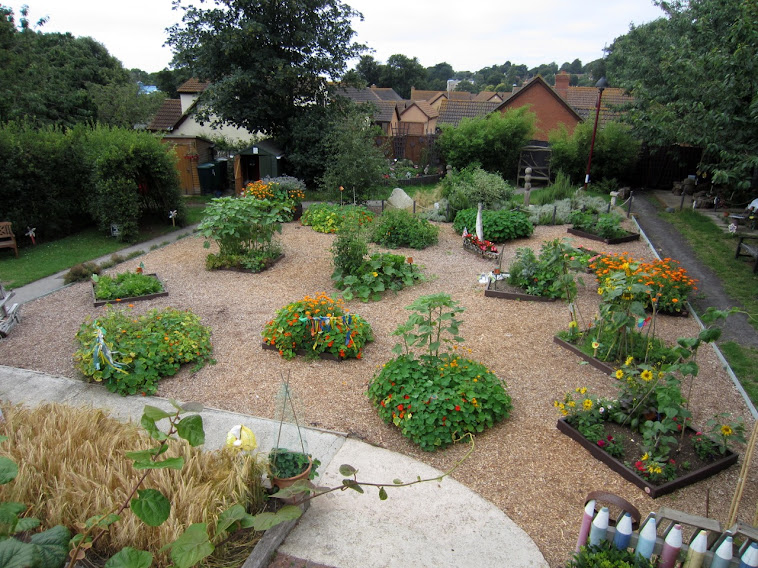Whilst tidying up for an hour yesterday a new butterfly species for the school garden was noted. A Small Copper. They do not stay still for very long but this one did for a quick photograph.
 |
| Small Copper |
There were a lot of wasps flying around and also plenty of look-a-like-wasps- hoverflies, which are quite harmless.
 |
| Wasp -note thick antennae and round body |
 |
| Hoverfly- flat body, large eyes and short stubby antennae |
On the cherry trees there were also signs of recent activity. Many leaves now have leaf mines in them. Insect eggs laid on the leaves hatch and bury themselves into the leaf. As they grow they create wonderful shapes around the leaf until they create a small exit hole and drop out onto the ground to pupate and hatch afterwards. Sometimes they overwinter on the ground in this state.
 |
| Leaf mine trace |
 |
| More leaf mine traces |
The shape of the mine can possibly identify the insect which is making it. This particular one looks like the Apple Tree Miner but expert identification is called for.
Finally proof of another species of dragonfly breeding at the pond is this photograph of a female Southern Hawker egg laying on the vegetation yesterday morning
 |
| Female Southern Hawker laying eggs |




























